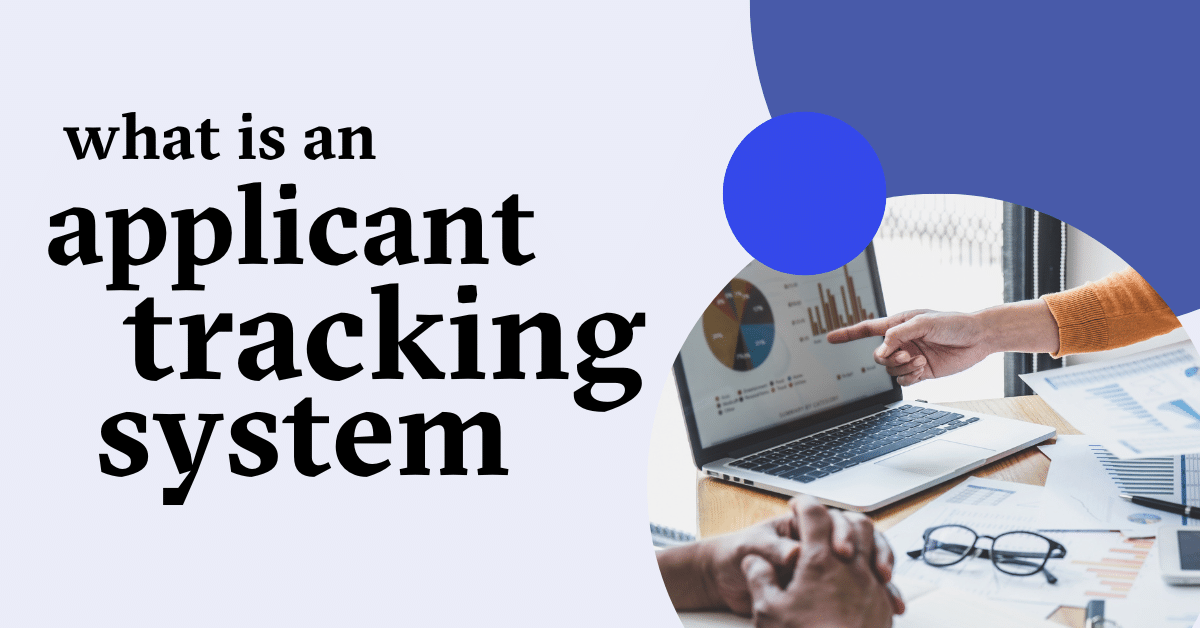What Is An Applicant Tracking System?
September 27, 2022
Hiring a new employee is a big decision for any company. It requires time and money from HR, and the decision must be made carefully. To ensure you get it right the first time, many hiring managers rely on applicant tracking systems (ATS) to manage their recruiting process. ATS tools help with posting job ads, scheduling interviews, and even pre-screening candidates. But what exactly are these systems? And how do they work?
In this article, we’ll explain how an ATS can help your recruiting efforts and how you can use them most effectively so that you can hire the right people every time!
What Is an Applicant Tracking System (ATS)?
An applicant tracking system is software recruiters and hiring managers use to manage the recruiting process.
It’s a tool employers use to manage the workflow of their hiring process, from candidate sourcing and screening to scheduling interviews and follow-up communication with candidates.
What Type of Information Is Tracked and Stored in an ATS?
The ATS will store all of this information in one place, making it easier for you to find candidates with the skills and experience you’re looking for. It can even automate some parts of the hiring process, like sending out automated email responses to applicants who don’t meet your requirements.
The types of data captured by an ATS are:
- Name, address, phone number
- Education (degrees earned and when) and professional experience (job titles held)
- Skills/interests
- Certifications/licenses relevant to the position applied for
Benefits Of Applicant Tracking System
- Accurate data. Tracking applicant information accurately is a crucial part of the hiring process. A good applicant tracking system enables you to keep track of all the details about your applicants, from their contact information to their experience and education level. This can make it easier for you to find the right person for each job opening and also helps you avoid missing opportunities because of bad recordkeeping or information loss.
- Reduce time spent on job applications. With an applicant tracking system, you can reduce time spent on job applications by automating many processes involved in the application process, including emailing applicants an application link; allowing them to fill out their details online; generating automatic emails when they apply; sending reminders after they’ve submitted their application (or if they haven’t completed it); inviting interviewees via email or text message; scheduling interviews with applicants who have been selected for further consideration (using CRM), etc.
- Automate tedious tasks like scheduling interviews so candidates don’t have to wait for weeks until someone calls back.
- Make sure everyone who needs access has access—no more handing over spreadsheets full of confidential data!
- Decrease mistakes and errors caused by inefficient processes.
- Increase productivity through streamlined operations that save both money and effort.
How To Choose the Right ATS For Your Business?
It’s important to choose a system that is easy to use. If you are going to be working with the ATS on a daily basis, it should be quick and intuitive. You also want to make sure that the ATS has some kind of support service available; this will help you if things go wrong and allow you to get help from people who have experience using the ATS.
Make sure that there is some kind of customization available for your particular business needs. For example, if you need an ATS that can only handle certain types of jobs (like software engineering), then make sure that the system meets those requirements before signing up for it or purchasing it outright.
You’ll also want to make sure that your budget is within reason when choosing an applicant tracking system—if something costs too much money, then there’s no point in even considering buying it because nothing else will do either! Also, remember that sometimes having more advanced features doesn’t necessarily mean better quality when used on its terms…so keep this in mind before making any big decisions about what type of ATS might work best for your needs!
share this blog
STAY CONNECTED
Sign up for our newsletter for the latest Tesseon information.
Related Blogs
What our clients are saying about us
Disclaimer: The information provided on this blog page is for general informational purposes only and should not be considered as legal advice. It is advisable to seek professional legal counsel before taking any action based on the content of this page. We do not guarantee the accuracy or completeness of the information provided, and we will not be liable for any losses or damages arising from its use. Any reliance on the information provided is solely at your own risk. Consult a qualified attorney for personalized legal advice.

